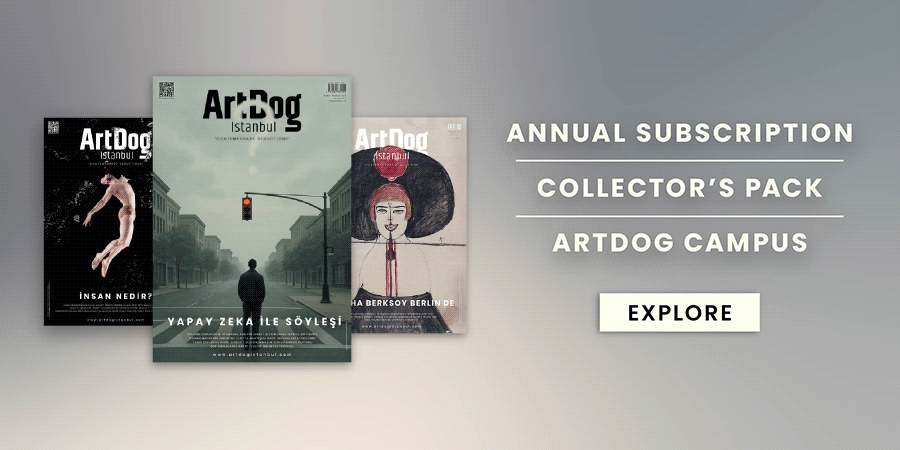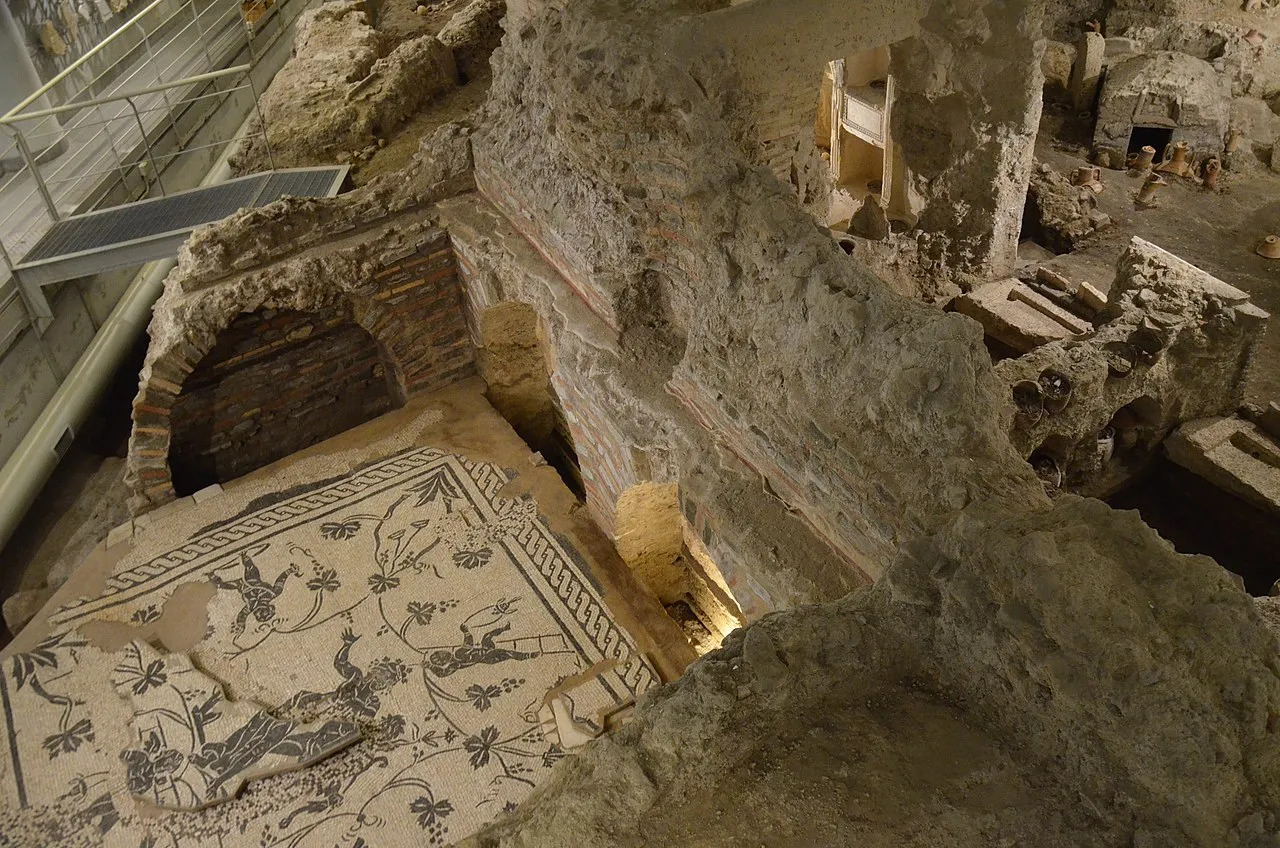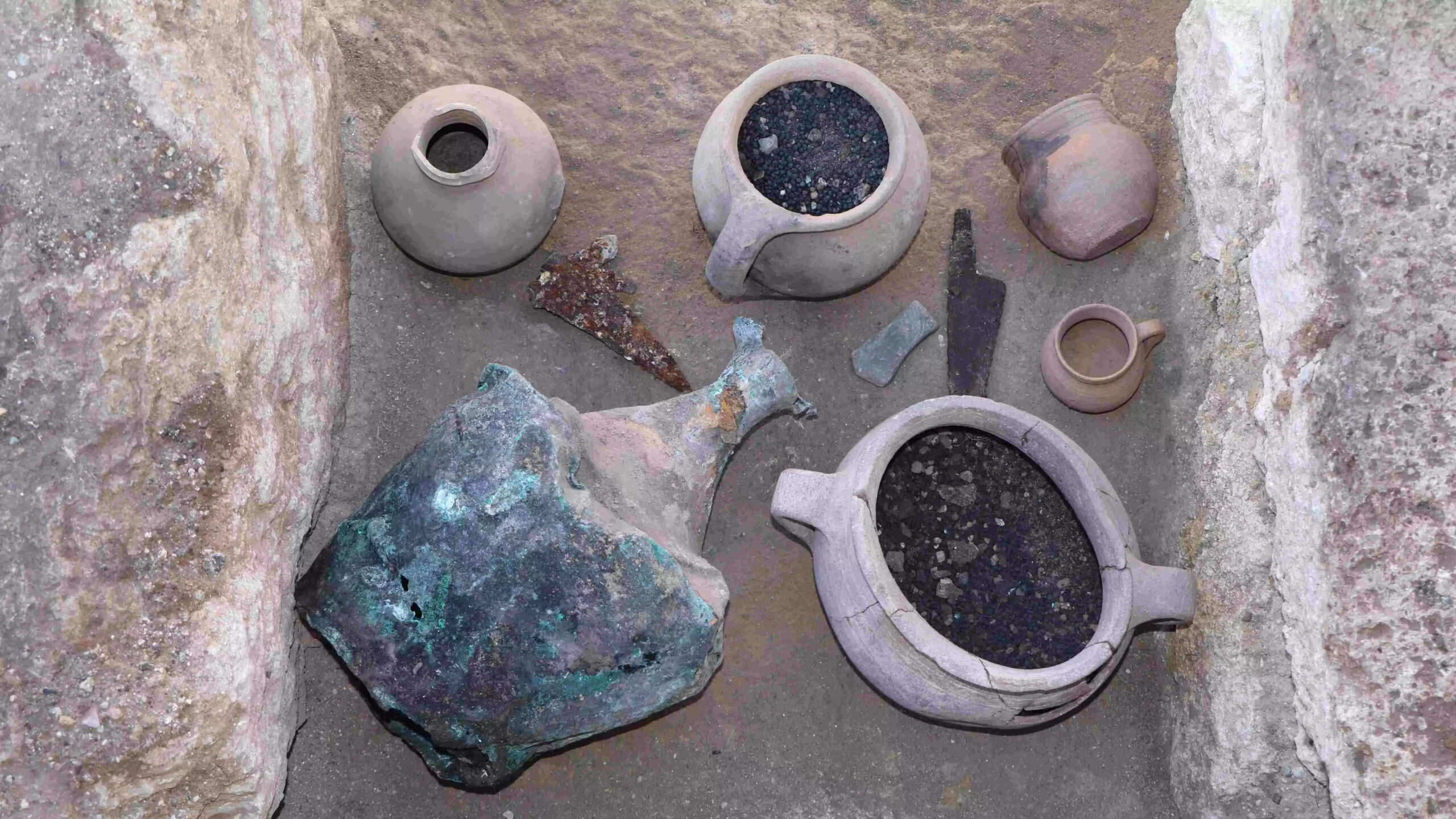For the first time, the Vatican is allowing the public to enter a necropolis. On November 17, it opened a gate along its walls to enter the Via Triumphalis Necropolis, an ancient Roman burial ground that lies beneath Vatican City. It is replete with marble sarcophagi, open burial graves, and Roman mosaics and frescoes.
The tombs date between the 1st century CE and the 4th century CE. They contain the remains of “slaves, freedmen, artisans of the city of Rome,” Leonardo Di Blasi, an expert from the Vatican Museums, told Euro News. Some were even identified as the imperial property of the Emperor Nero.
“We begin to learn about people we did not know, particularly about rituals that seem more related to family, neighbourhood, town, or personal traditions than to official religion,” Di Blasi continued. Graves associated with a custodian of Pompeii’s theater who would have cared for the set design, as well as a custodian charged with caring for the woods, have been identified.
Previously, the only people who could access the necropolis were approved scholars and specialists. The public can now experience the city of the dead through the Saint Rose Gate entrance for the exhibition “Life and Death in the Rome of the Caesars.”
The necropolis is located outside Rome proper, as Roman law dictated that cremation and burials take place beyond city limits as a safety and hygiene precaution. It was uncovered in 1956 during the construction of the Vatican Autoparco. In 2003, the Santa Rosa section was revealed during parking lot construction. The site spans roughly 10,764 square feet along a section of the ancient Via Triumphalis.







